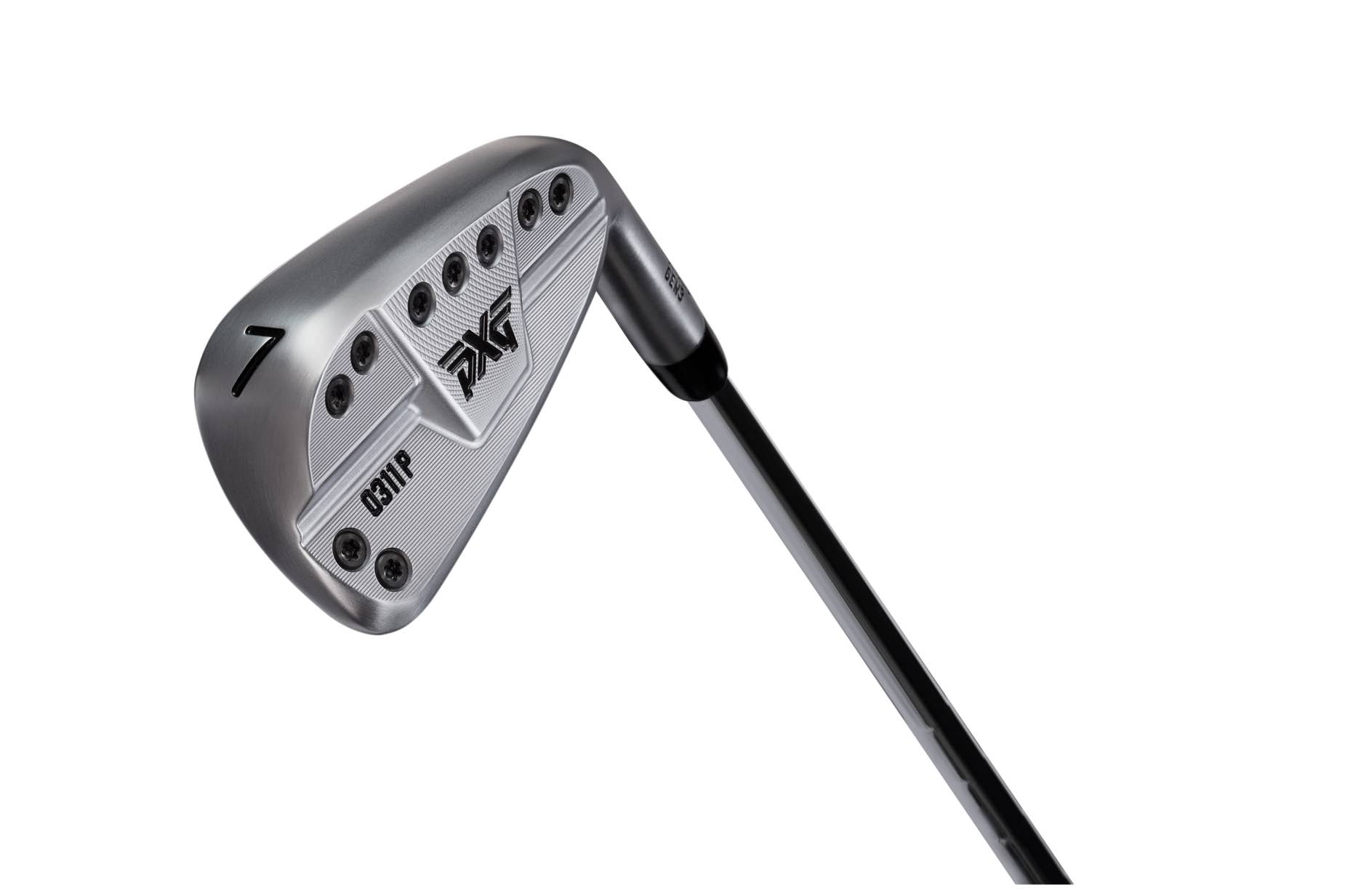PXG’s Gen2 irons came more than three years after the introduction of its first iteration. The follow up to Gen2, the Gen3 – which encompasses the XP, P and T irons – took far less time.
Unveiled less than two years after the Gen2 irons, the new Gen3 offering, while similar in look to the Gen2 series, is decidedly different. “We used TPE [a polymer] for feel and sound and produced a club that performed well, but we started to work on being better,” said Brad Schweigert, chief product officer for PXG.
“TPE is a filter that helped produce excellent sound and feel, but not quite the distance we were seeking. Once we understood that we looked for materials to produce more distance. We were able to do that in Gen2, but we lost some of the soft feel. We knew we had to address that on Gen 3. We needed a material that is softer but behaved more like a super ball than a dampener.”
Seeking to check that design box, PXG took inspiration from golf ball technology in which multilayer balls have a soft, responsive core covered by a firm mantle layer. That led Schweigert and Mike Nicolette, the company’s director of club design to produce a new “Impact Reactor” inside the hollow heads with a dual core that utilises a soft polymer core that helps the face load while storing energy instead of having it dissipate. The firmer polymer outer core provides stability to an extremely thin (1.5mm) face that leads to higher ball speeds.

“We started working with golf ball materials but we didn’t end up there,” said Schweigert, who declined to reveal exactly what the material is. “Some of the challenges were manufacturing it. How do you get those materials inside of the head. But we’ve been looking at those higher COR materials for some time. It’s hard to go thinner on the face because of how thin we already are, but we’re doing things to activate the face more.”
The company also uses internal face channel wraps around the perimeter with a cutout design that enhances speed and forgiveness. Other enhancements include robotically polishing the heads instead of hand polishing for consistency from club to club. “It’s as close to a fully machined head as you’ll get without being fully machined,” said Schweigert, noting the reduction in the possibility for human error. The face remains HT1770 Maraging Steel face and is an ultra-thin 58/1000ths of an inch, or slightly thicker than a dime. The company’s hallmark lightweight titanium and heavier tungsten weights remain, optimising centre of gravity location and moment of inertia properties.
From model to model there is a consistency in look, something that was front of mind when designing the line. “We wanted a cohesive look for all models to make it easier to mix and match sets,” said Schweigert.
Regarding each specific model, the 0311 XP is the most forgiving and is a larger clubhead with higher MOI, but with a lighter clubhead. Because of that, it has a slightly longer shaft for more distance. It also has a wider sole and larger Impact Reactor than the 0311 T and 0311 P. The specs on the T and P models are identical to their predecessors with the head size and sole bounce similar. The topline on the T – which is their tour model – has been made slightly thinner. The P, while also a better players club, has more forgiveness than the T to fit a wider array of players. Each of the irons has a number of custom shaft offerings.
Stay tuned for local availability and pricing through authorised PXG fitters pureformgolf.com.au




